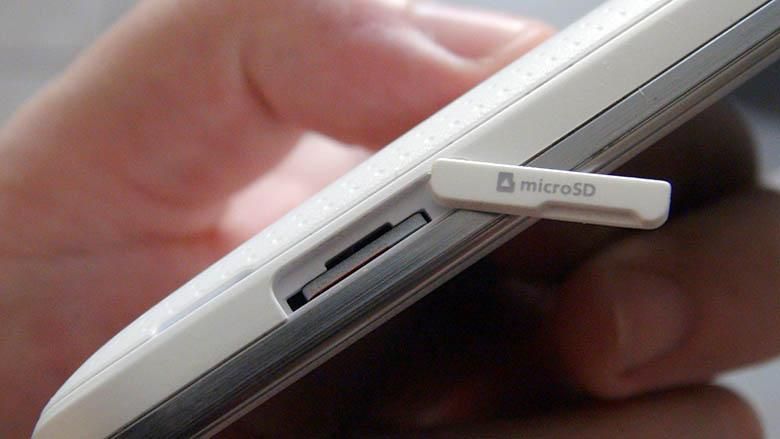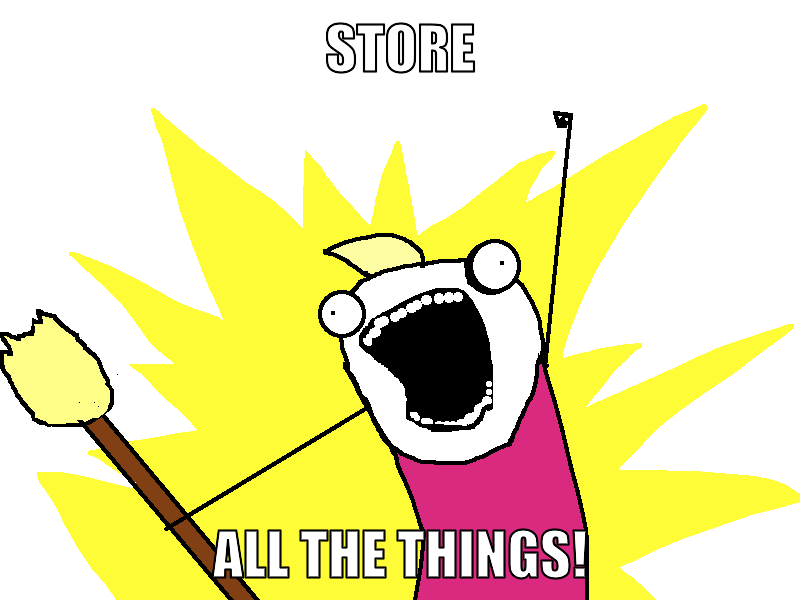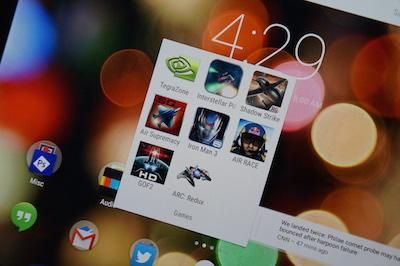All of the top-end smartphones these days are listing up to 2 TB expandable capacity via microSD card. That’s … well, it’s insane to think about, having all of that space in such a tiny little chip. And it’s still far off; these phones boasting 2 TB support are merely planning for the future, even if the time of such high-capacity cards likely exceeds the life expectancy of the phones themselves. But while 2 TB microSD cards are still but a pipe dream, Microdia did just recently unveil its 512 GB card … for a whopping near-$1000 cost of entry. Sure, it’s a lot to pay for such a small, easy to lose piece of technology, especially given the wildly disproportionate cost per gigabyte when you consider that a 128 GB card can cost as low as $80 … but what an engineering marvel. If you do shell out the money for one of these bad boys, it turns out that there’s a lot you can do with that much storage.
Store all the things!
Streaming off of services like Spotify and the like is great … until you run out of data for the month, or run into a dead zone. Then it’s not so great. Likewise with Netflix and YouTube — but with 512 GB at your disposal, these problems … well, they can stop being problems. One of the best things about apps like Spotify is that they offer an offline mode to combat such a dependency on data, something I find myself especially thankful for when I’m about to board a plane. Most of the time, I select a few of my favorite albums or playlists and save them for offline playback when I first install Spotify on my phones, just in case, but with this much storage I could store my entire library five times over. Not to mention all of the movies you could store onto your SD card, even if you save them at the highest available resolution. This would be especially great on a tablet, but with how large phone screens are getting these days, not to mention the crazy high pixel density they’re all boasting, whatever device you pop the 512 GB card into can instantly become your own personal Netflix, with or without a data connection. Not to mention all of those vacation pictures taking up all of your phone’s space; just load them up onto the SD card with the rest of it.
No more running out of space for apps
While not all apps can be stored onto your SD card these days (and it’s debatable whether or not it’s even a good idea to), the fact of the matter is that apps are getting substantially bigger as the smartphones they’re made to run on get more powerful and allow for more graphically intense experiences. One look through the Google Play Store’s game catalog shows that popular games like Asphalt 8, Modern Combat, or Monument Valley can sit at over a gigabyte per app. That might not sound like much at first thought, but it adds up fast, particularly on lower-end devices with less internal storage space included. Even a flagship has its capacity limits though, and instead of uninstalling apps to make room for the new ones, why not just keep them all and store them on the microSD card?
Stop paying a monthly subscription fee
I know what you’re thinking, the huge pricetag defeats the purpose of cutting out the monthly subscription, and I’mma let you finish, but…
Keep in mind that the Microdia card mentioned above is just the first of many commercially available high-capacity microSD cards to come. Like all digital storage, you can expect the prices of 512 GB microSD cards to come down exponentially as more of them start to hit the market, and as they do, the value of getting one versus paying a monthly subscription fee towards a cloud solution will start to become more reasonable. Right now, Google Drive offers 100 GB of cloud storage for $1.99/mo, and 1 TB for $9.99. Assuming you need more than 100 GB (if you don’t, you can always just get the cheaper 128 GB cards), picking the terabyte package will run you about $120 per year. Now, given the current cost of a 512 GB microSD card, it’d take over eight years for the value to even up, but again, look at the cost of other microSD cards. I’m willing to bet that within the next two or three years, these giant cards will be going for $200-300, meaning that you’ll be much quicker to save money. Besides, if you’re anything like me, you probably wouldn’t mind shaving off a monthly expense or two — even if costs more upfront.
There are plenty of advantages you can get from using huge amounts of expandable storage. Anything from storing custom ROMs and Nandroid backups for the rooters out there, to quickly and effortlessly transferring all of your files from one phone to another. I’ve not historically been a big proponent to microSD cards, but I have been using them more lately, most just to store offline playlists and podcasts, and I have to admit: it can be pretty great.
So what would YOU do with a 512 GB smartphone? What would fill it with; how could you fill up so much space on a phone? And what are some ways you already use your microSD card for today?




